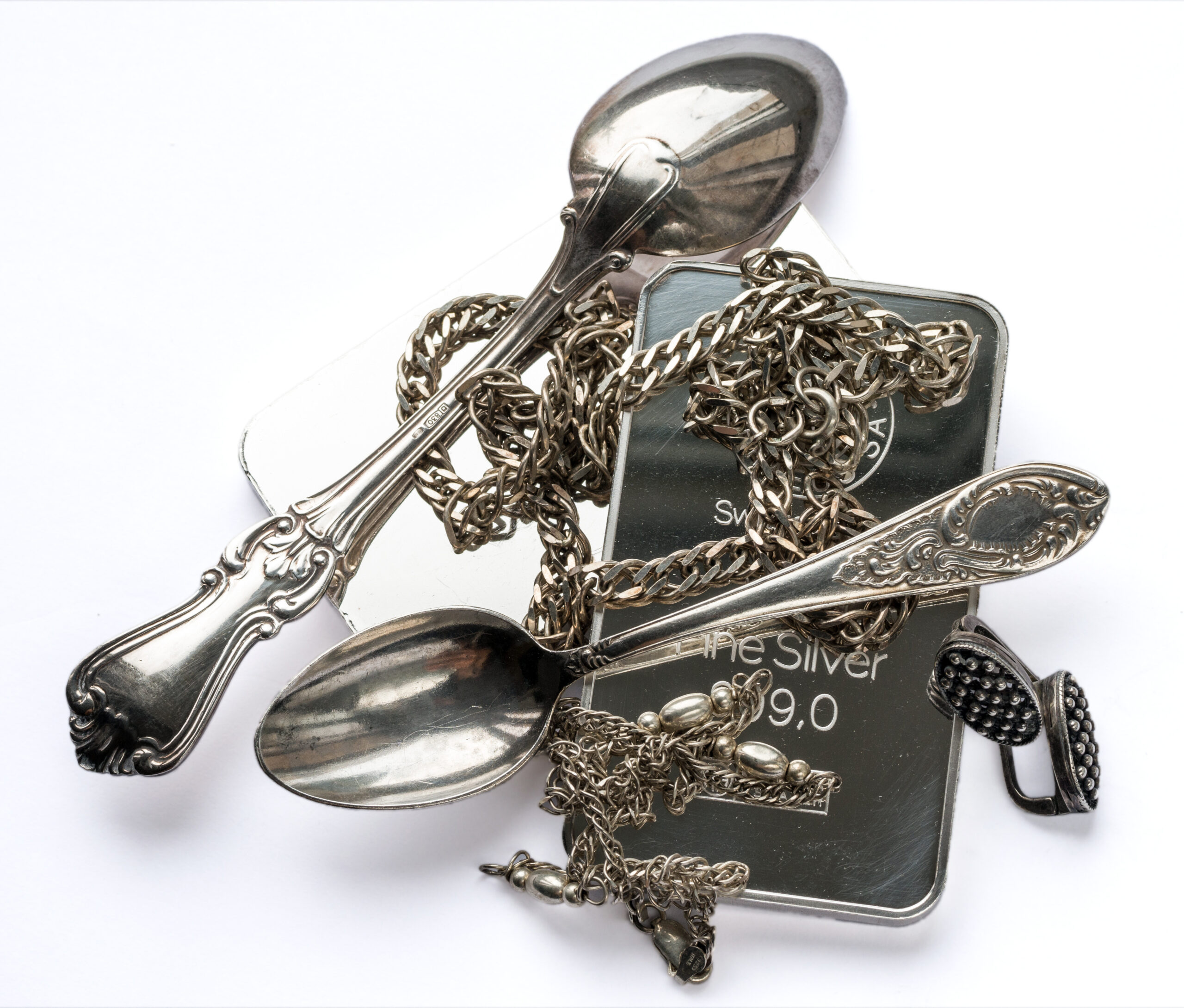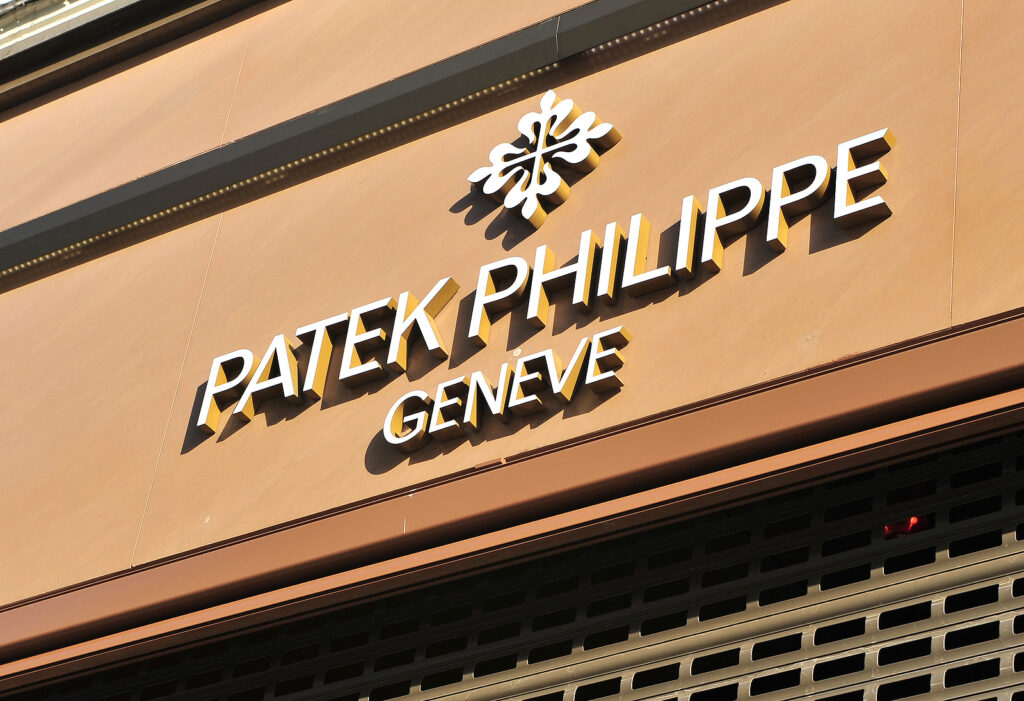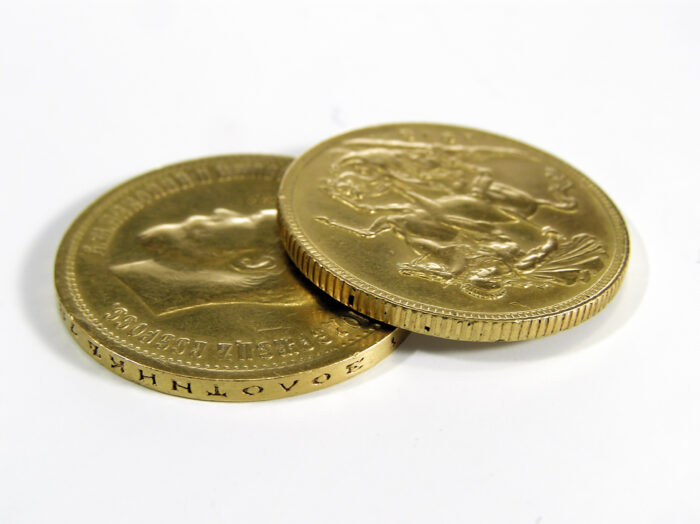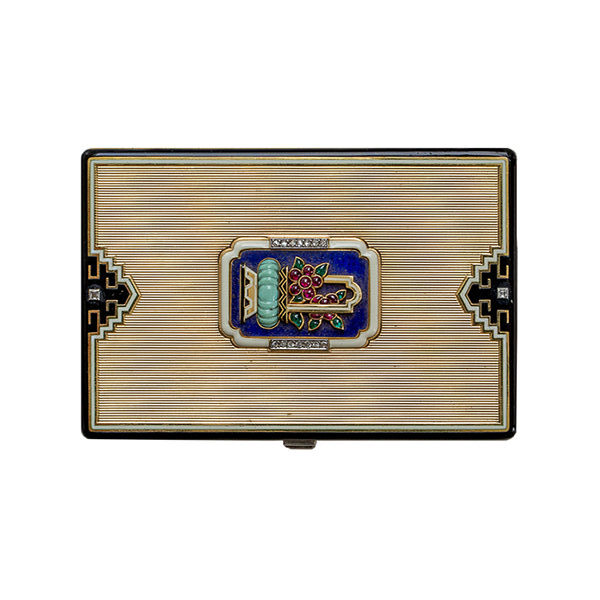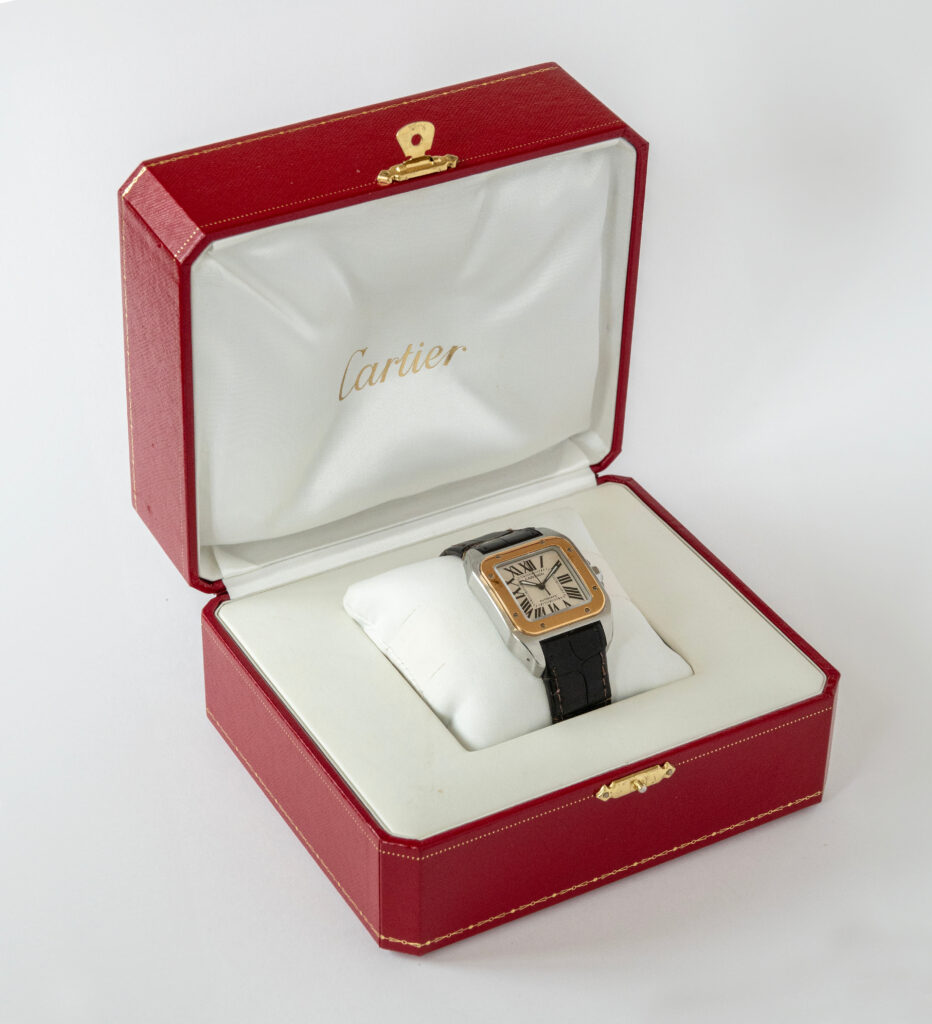When it comes to selling old silverware, you may think it’s only worth its weight. However, it could be part of a rare antique set, carry the hallmark of a famous silversmith, or represent a forgotten piece of family history.
This guide will walk you through the crucial silverware items for collectors, helping you make the most informed and rewarding decision when it’s time to sell. With over 25 years of experience in valuing antique and luxury items, we understand the differences. We also offer a free, no-obligation valuation and instant payment if you want to sell your silver.
What is Silverware?
Most people will normally think of knives, forks, and spoons – commonly known now as cutlery, or flatware – when they think of silverware. However, true silverware can include a wide range of items as long as they’re made from solid silver or silver alloys. This includes elegant cutlery sets and tea services, but also includes salvers, serving trays, candlesticks, and even ornamental pieces like napkin rings or goblets.
Some of these may be family heirlooms passed down for generations; others might have been acquired over time and simply no longer suit your lifestyle.
Why People Choose to Sell Silverware
There often comes a moment or a reason for people to think, “Should I sell my silverware?”
- Inheritance: If pieces you’ve inherited don’t match your taste or serve a clear purpose in your home, selling them can be a thoughtful way to honour their value and put them to new use.
- Downsizing: Selling silverware during a move or lifestyle change can offer more financial freedom and clarity of mind when sorting items.
- Changing Tastes: Your style evolves over time, and what once matched your aesthetic might not any longer. Instead of letting pieces gather dust, you might choose to sell your old silverware and make room for what reflects your current tastes.
- Financial Needs: Whether you’re covering an unexpected expense, planning a holiday, or investing in something new, silverware, especially solid silver pieces, can offer surprisingly strong returns.
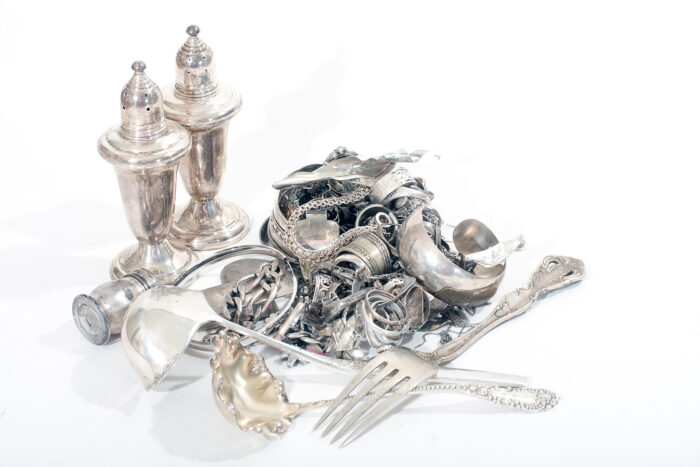
When Silverware is Worth More Than Its Weight
There are several tell-tale signs that your silverware may be worth significantly more when sold as a collectable item rather than for scrap silver value.
Antique or Vintage Origins
Silverware from specific periods, such as the Victorian, Edwardian, Art Nouveau, or Art Deco eras, can be highly sought after. These pieces often feature ornate detailing and hand-crafted finishes. They will normally reflect the style and design trends of their time. Collectors often pay a premium for items that are tied to a particular era, especially if they remain in good condition.
Famous Makers
Look for names like Georg Jensen, Tiffany & Co., Garrard & Co., or Christofle. These brands are synonymous with exceptional quality and heritage. Silverware from well-known silversmiths often holds lasting value in the collectors’ market and can command far more than scrap prices if the set is complete.
Hallmarks Indicating Age and Authenticity
Genuine sterling or antique silverware will typically feature hallmarks – small stamped symbols that reveal its maker, date, and silver content. These markings are key to identifying rare or high-value pieces. Knowing how to read them (or getting an expert to do it for you) can completely change how your item is appraised.
Original Sets in Excellent Condition
Complete tea services, dining sets, or serving collections are far more valuable than individual or mismatched pieces, especially when housed in original boxes or packaging. Collectors love a full set, and presentation can make all the difference in perceived value.
Historical or Royal Provenance
If a piece has provable links to a notable event, family, or collection it could be worth significantly more. Provenance adds narrative and desirability, particularly when supported by paperwork or engravings.
Other Signs Your Silver is a Collectable
- Unique or intricate craftsmanship: Engraved designs, repoussé work, or handmade finishes will suggest the silver is a higher-tier piece.
- Recognition in collector circles: If similar items have appeared in auctions or exhibitions, it’s a strong sign your silverware belongs in the same bracket.
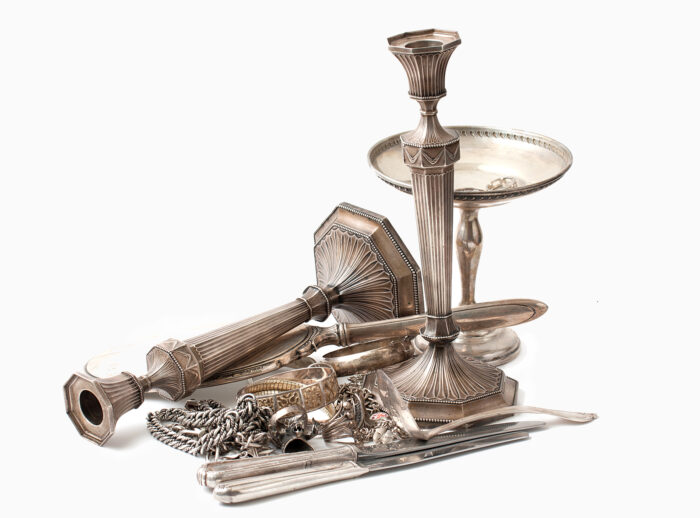
When Selling Silverware for Scrap Makes Sense
Not every piece of silverware is a rare collectable, in which case the most practical and rewarding thing to do will be to sell it as scrap.
Damaged or Incomplete Items
If your silverware is bent, broken, missing pieces, or part of an incomplete set, it’s less likely to appeal to collectors. In these cases, the silver content alone often determines its value.
Unbranded or Mass-Produced Pieces
Items without identifiable makers’ marks or that were produced in large quantities, especially during the mid-to-late 20th century, typically don’t carry collector value. However, they may still be worth something based on their weight and purity.
Modern Silver with Little Historic Value
More recent silverware, while still attractive and functional, doesn’t yet hold the rarity or charm that collectors seek. If there’s no artistic merit or brand heritage, it may be more valuable melted down.
Silver-Plated vs. Solid Silver
One of the biggest misconceptions we see is mistaking silver-plated items for solid silver. Silver-plated pieces have only a thin layer of silver over a base metal like nickel or copper and are generally not suitable for selling as scrap if you want a good price. Solid silver items, on the other hand, can yield a decent return, even when damaged.
Tip: If your piece is stamped with “EPNS” (Electroplated Nickel Silver) or “EP” (Electroplated), it’s plated, not solid silver.
Understanding Scrap Value
When selling silverware for scrap, the item is weighed and tested for purity. The most common standard is sterling silver, which is 92.5% pure silver (often marked as “925”). The value is then calculated based on:
- Total weight in grams or ounces
- The current market price for silver per gram
- Purity of the silver content
For example, a sterling silver tray weighing 500 grams could be worth several hundred pounds depending on the day’s silver rate, even if it’s scratched or dented.
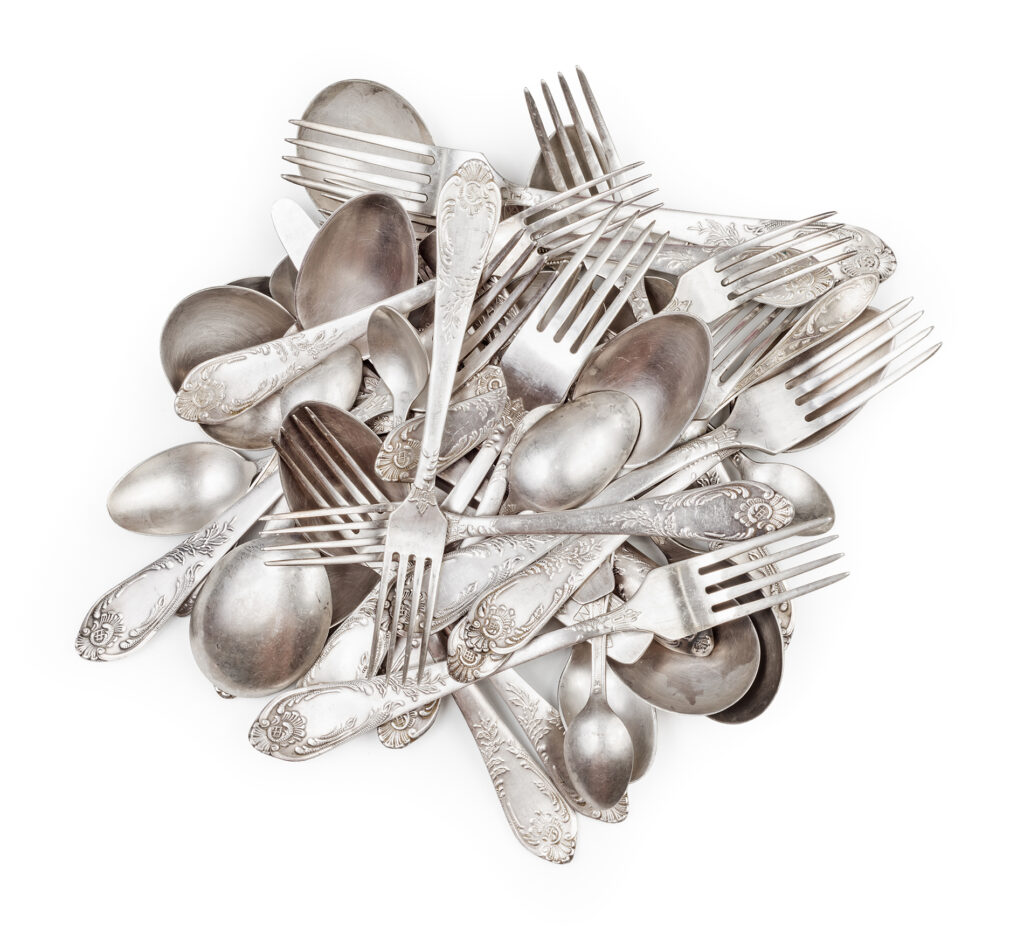
How to Tell the Difference
While a professional valuation is always the most accurate option, there are a few simple ways to begin assessing your items at home.
Look for the Hallmark
On British silverware, for example, you might see a lion passant (indicating sterling silver), a letter for the date, and a town mark such as a crown for Sheffield or an anchor for Birmingham. These marks are often found on the underside of a tray, the back of a spoon handle, or on the base of a teapot. If your item has no hallmarks at all, it may be plated or simply decorative.
Compare Against Known Makers and Patterns
If your silverware carries a maker’s name, it’s worth researching whether it belongs to a notable pattern or era. Online resources, auction archives, or antique reference books can help you identify if your item is part of a sought-after collection.
Try the Magnet Test
Silver is not magnetic, so if your piece is attracted to a magnet, it’s likely to be made from a different base metal and probably only silver-plated. This doesn’t prove it’s sterling, but it can help you rule out non-silver items.
Weigh It and Do Some Research
If you’re leaning towards scrap, weigh the piece (preferably in grams) and check the current spot price of silver to estimate its melt value, remembering to adjust for purity (e.g. sterling at 92.5%).
On the other hand, if you suspect your silverware might be a collectible, try searching online for comparable sets or items. See how similar pieces have been valued or sold, especially those with hallmarks or branding that match your own.
Why Sell Through Us Instead of an Auction House?
Selling silverware through an auction might seem like the traditional route, but it often comes with delays, hidden fees, and uncertainty. We offer a simpler, more rewarding alternative. Founder Daniel Ives personally visits you at home for a secure, discreet valuation; there’s no travel, no pressure, and no obligation to sell. If you do choose to proceed, you’ll receive instant payment with no seller fees or commissions.
Unlike auction houses, which can take weeks to process sales and deduct hefty charges, we also give you the full value upfront. Thanks to Daniel’s global network of collectors, we often achieve prices that outshine auction estimates – especially for rare or unusual pieces. It’s a faster, more personal way to sell your silverware, built around trust, convenience, and expert insight.
Thinking of Selling Old Silverware?
Whether you’re holding a rare treasure or valuable scrap, Burlingtons Ltd. can help you find out. Schedule your complimentary home valuation with us today and discover what your silverware is really worth.
